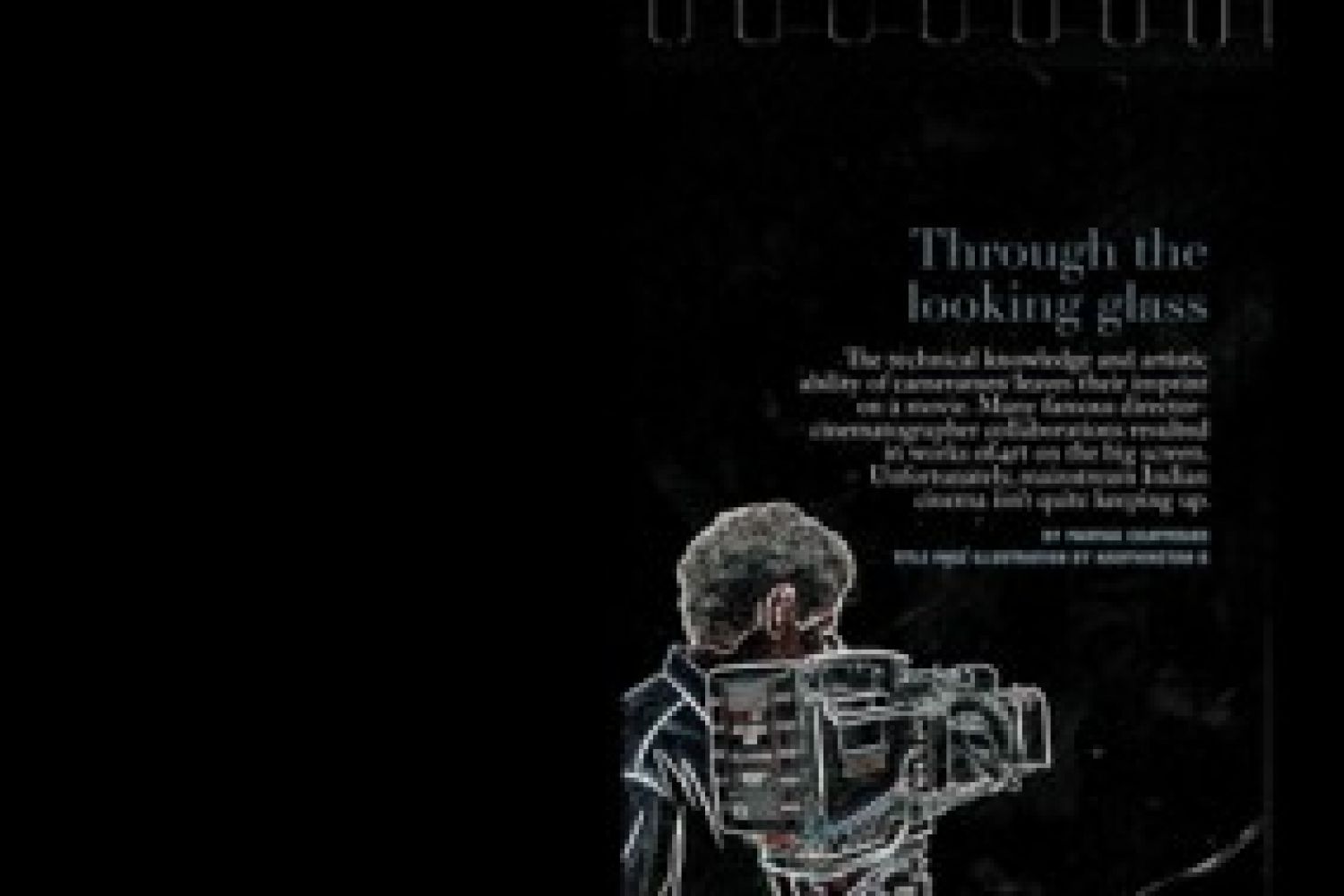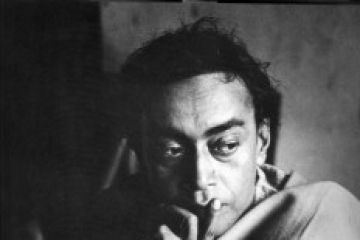
The recent death of V.
K. Murthy, veteran cinematographer of old Hindi cinema and the man who brought
to life Guru Dutt’s cinematic vision in such enduring works as Mr and
Mrs 55, Pyaasa, Kagaz Ke Phool, and Sahib
Bibi Aur Ghulam, confirmed the collaborative nature of the medium. While it
is true that a film—made in celluloid and now, overwhelmingly in video—usually
has to be the vision of a single creator (they used to be called auteurs or
authors by the champion





